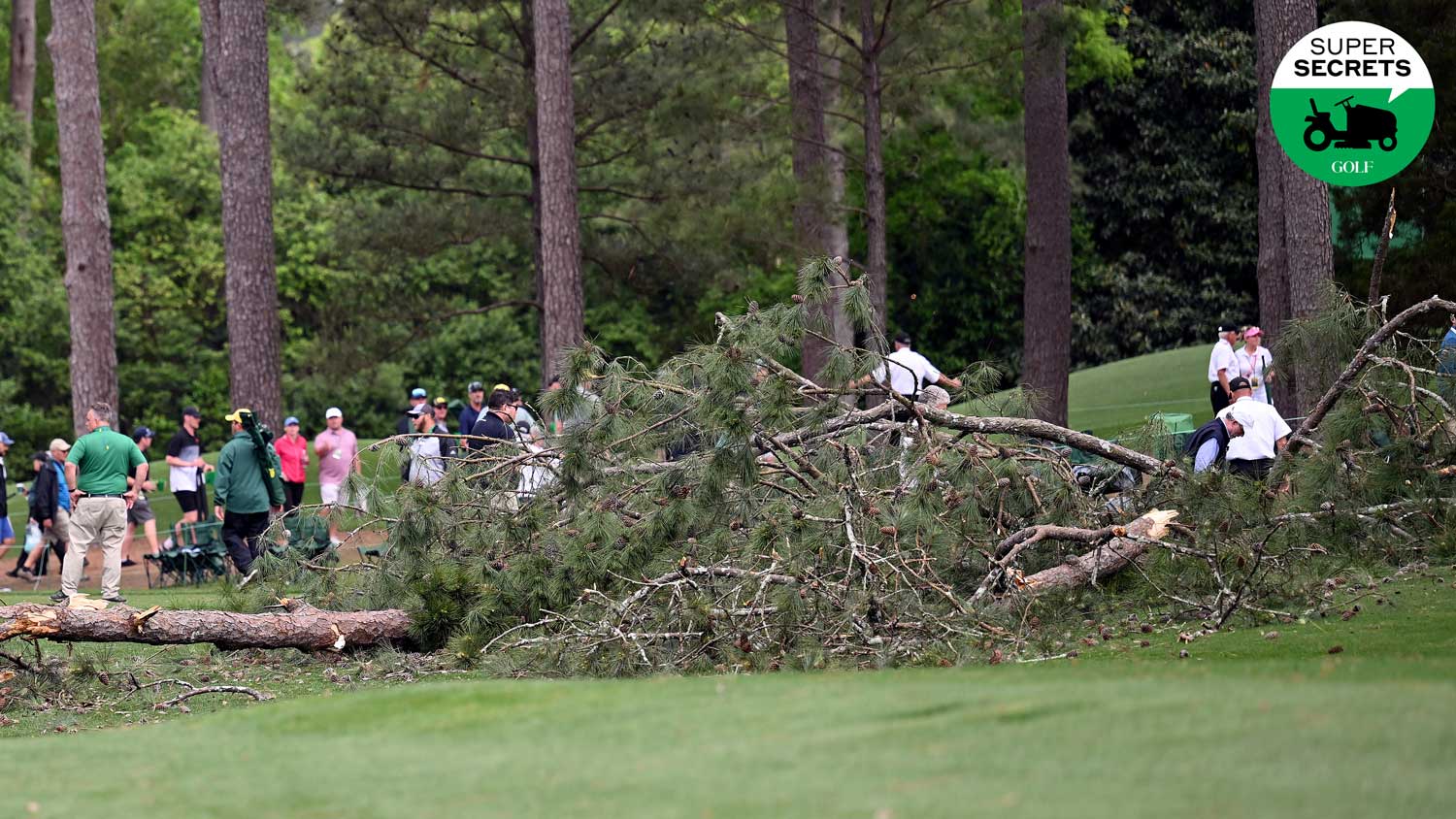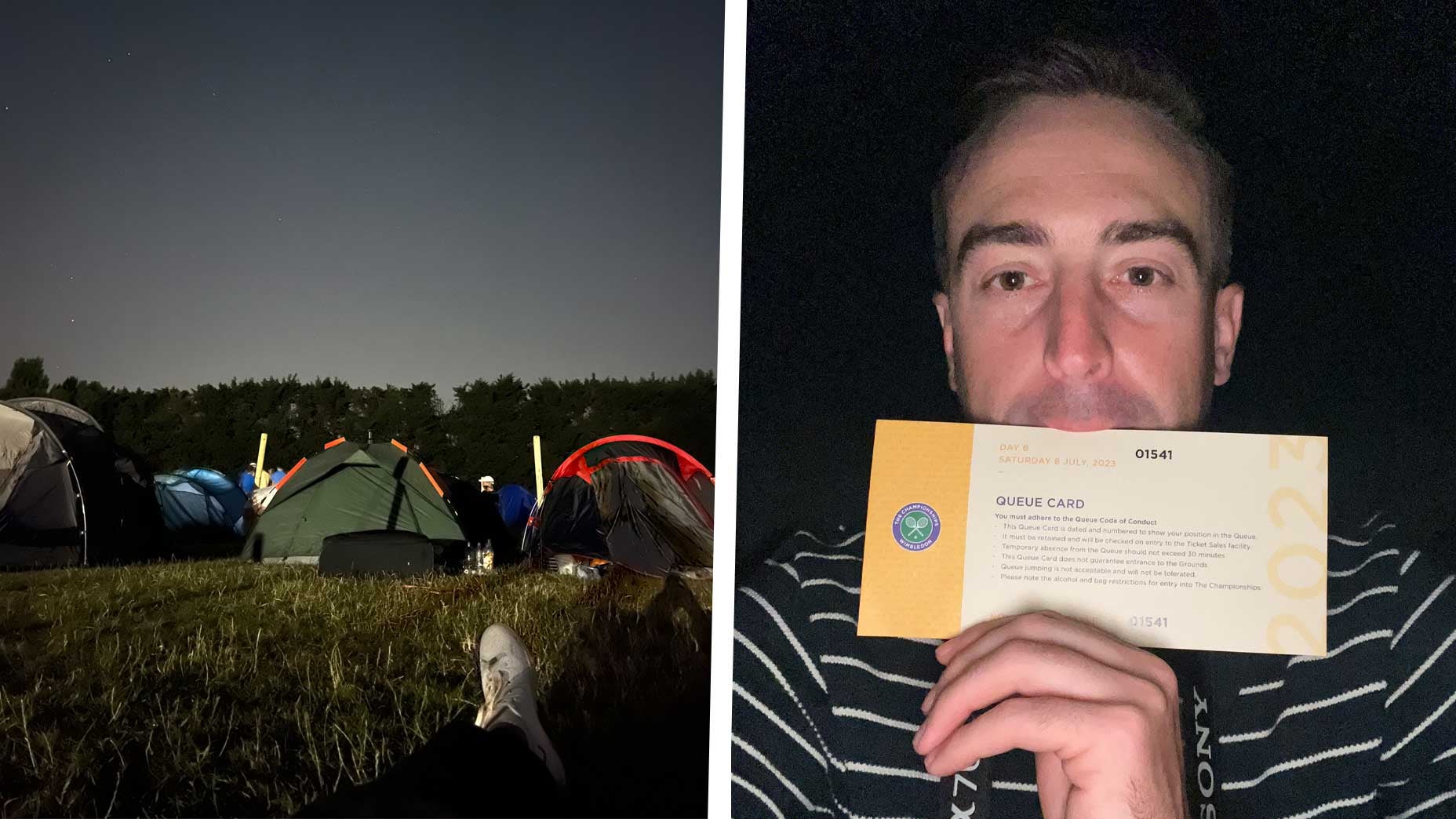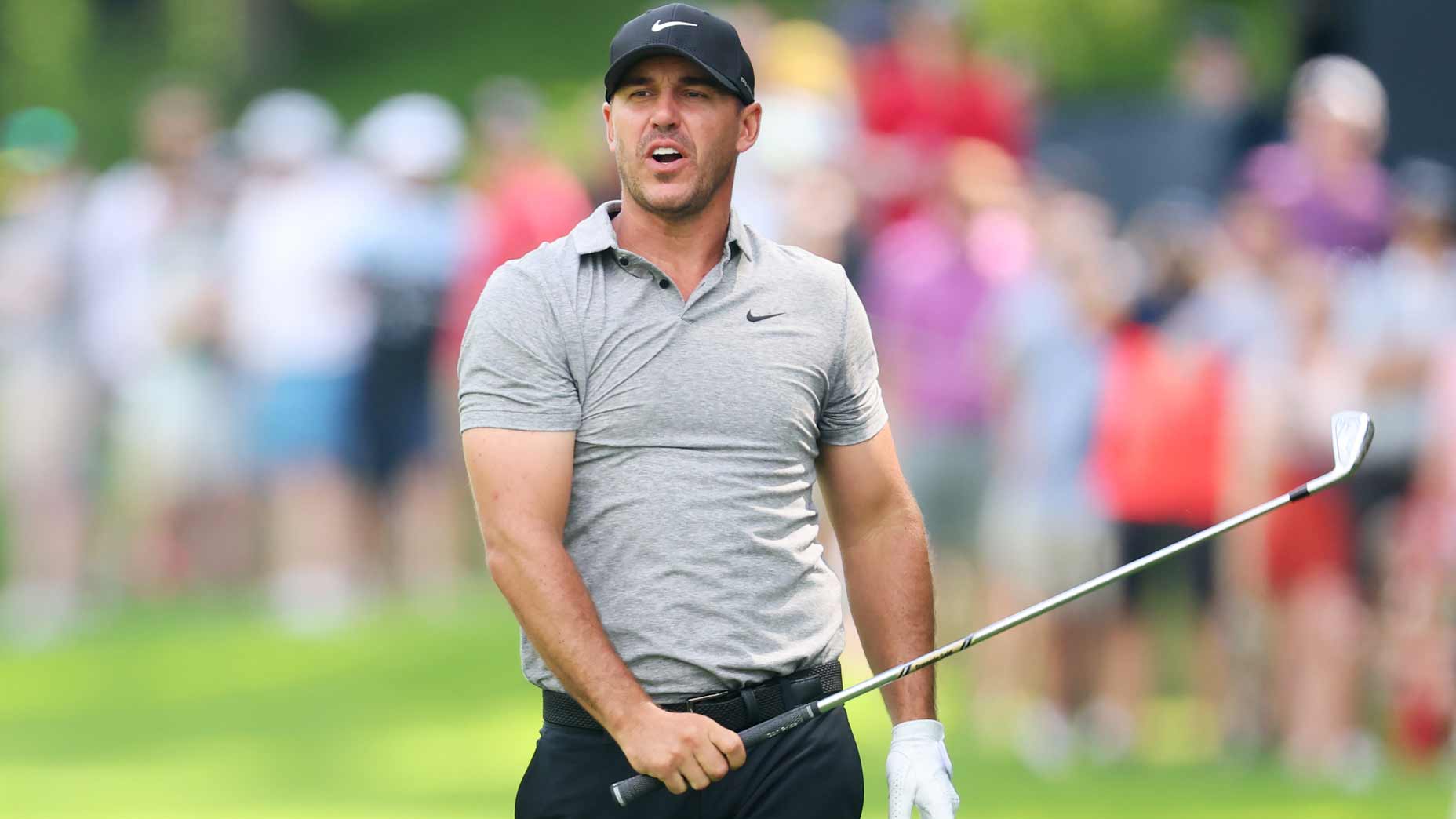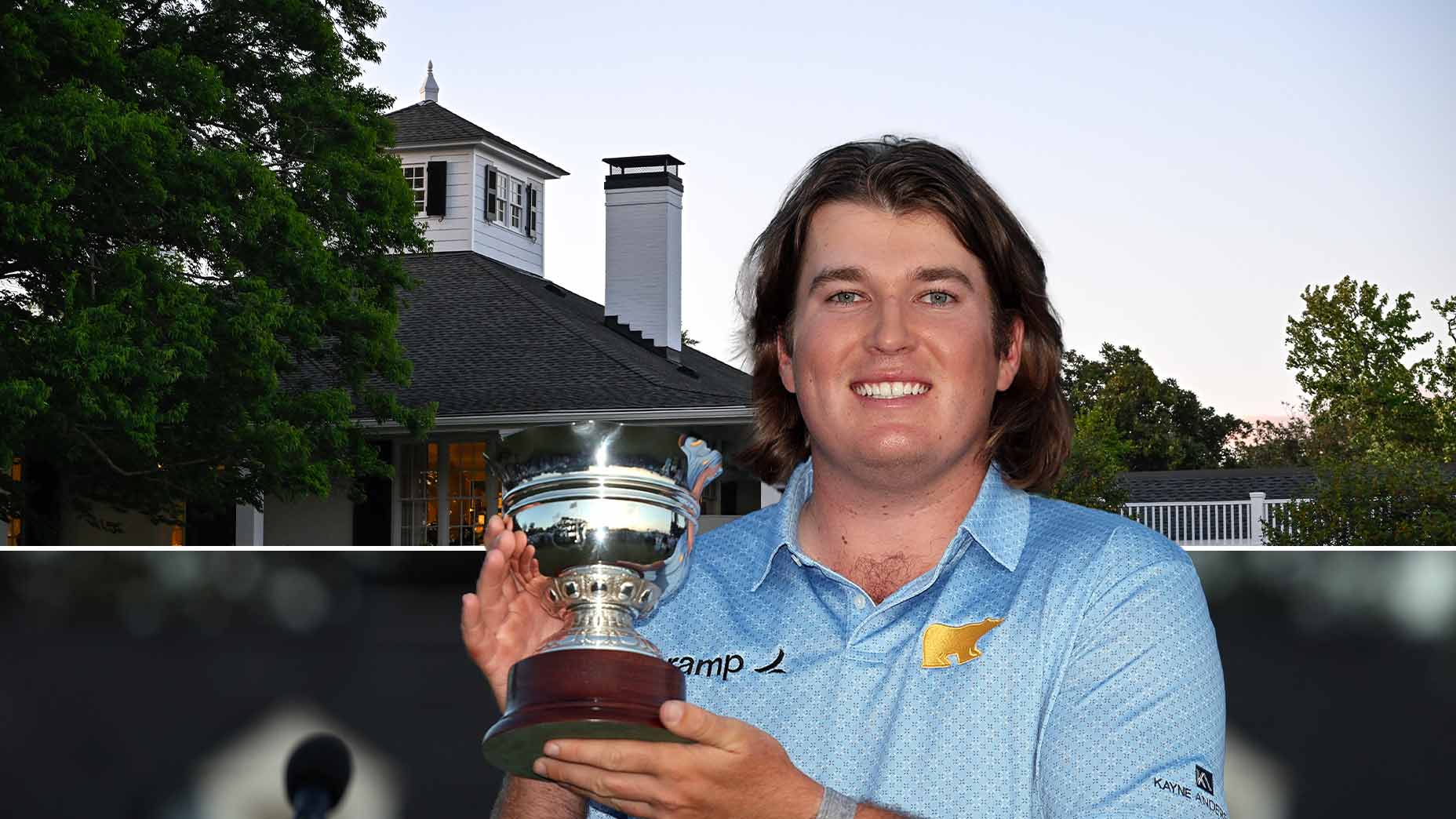If trees fall at Augusta National, what can that teach us? Two experts explain

Talk about tree trouble.
Late Friday afternoon at the Masters, with strong winds whipping across Augusta National Golf Club, two large loblolly pines toppled by the 17th tee, taking out a third pine as they fell and crashing to the ground in an area populated with patrons.
Though no one was hurt (it helped that creaking sounds had served as early warning signs, giving people time to scatter), the incident underscored an issue that every golf course faces: the relationship between tree health and human safety.
With the 2023 Masters still in progress, we spoke with two experts — a certified arborist and a superintendent volunteering this week on the grounds crew at Augusta — about Friday’s incident and the broader considerations surrounding it.
1. Trees vs. turf
Trees and turf aren’t natural allies. They compete for sunlight and nutrients. They also require different kinds of care. Because trees tend to favor drier conditions, for instance, they’re susceptible to getting overwatered on courses that aren’t precise with irrigation. Over-fertilizing trees can also be a problem. Augusta National is not immune to these risks.
In 1999, in fact, a GOLF Magazine article cited reports that the club’s emphasis on lush conditions had compromised the health of its loblolly pines. That was then, though. It’s not the case anymore, according to the superintendent working at this week’s Masters, who asked to remain anonymous.
“The industry has come a long way in understanding the relationship between turf and trees and how to strike a balance between caring for them both,” he says. “And no club is more ahead of the curve than Augusta.”
2. Assessing risk
If a tree falls on a golf course, should you have known it was going to happen?
You can’t always predict. But there are many ways to assess the risk, says John Fech, a certified arborist and extension educator at the University of Nebraska-Lincoln who is also a longtime member of the Golf Course Superintendents Association of America. A trained eye, for instance, knows how to look for problems around the roots, and detect warning signs in the way a tree is leaning. (Just because a tree is tilting doesn’t mean it’s about to topple; it might just be bending in a healthy search for sunlight).
Arborists also conduct what amount to stress tests by wrapping trees in canvas and pulling on them with machines to check their sturdiness. Yet another method is ground-detecting radar, which, Fech says, “is a bit like Superman with his X-ray vision.” It’s used to look for problems underground.
3. Augusta is on it
As with everything else, Augusta National doesn’t skimp on tree care. In addition to a full-time horticultural team, the club has certified arborists on retainer. Shortly after the pines toppled on Friday, work crews had cleared away the fallen trees and repaired the damage to the ground they caused. But that’s also how the club handles things year round.
“It’s not just something they’re paying attention to when the Masters rolls around,” the superintendent says.
4. Friday’s perfect storm
The organizers of the Masters are on constant alert — and in constant communication. Less than an hour before the pines fell, channel 2 — the channel used by the Pinkerton security team that works the tournament — was “buzzing with talk about the high winds,” the superintendent says. On a separate channel, there was detailed chatter about the weather forecast, how strong the gusts might whip and how high off the ground they might blow.
But nature always has the final say. And Friday brought a perfect storm of forceful gusts and softened, rain-soaked soil. In those conditions, even healthy trees can topple.
“We were all surprised that those trees fell,” the superintendent says. “But the guys out there are prepared for everything. That’s just how they do it. Hope for the best, but prepare for the worst.”











